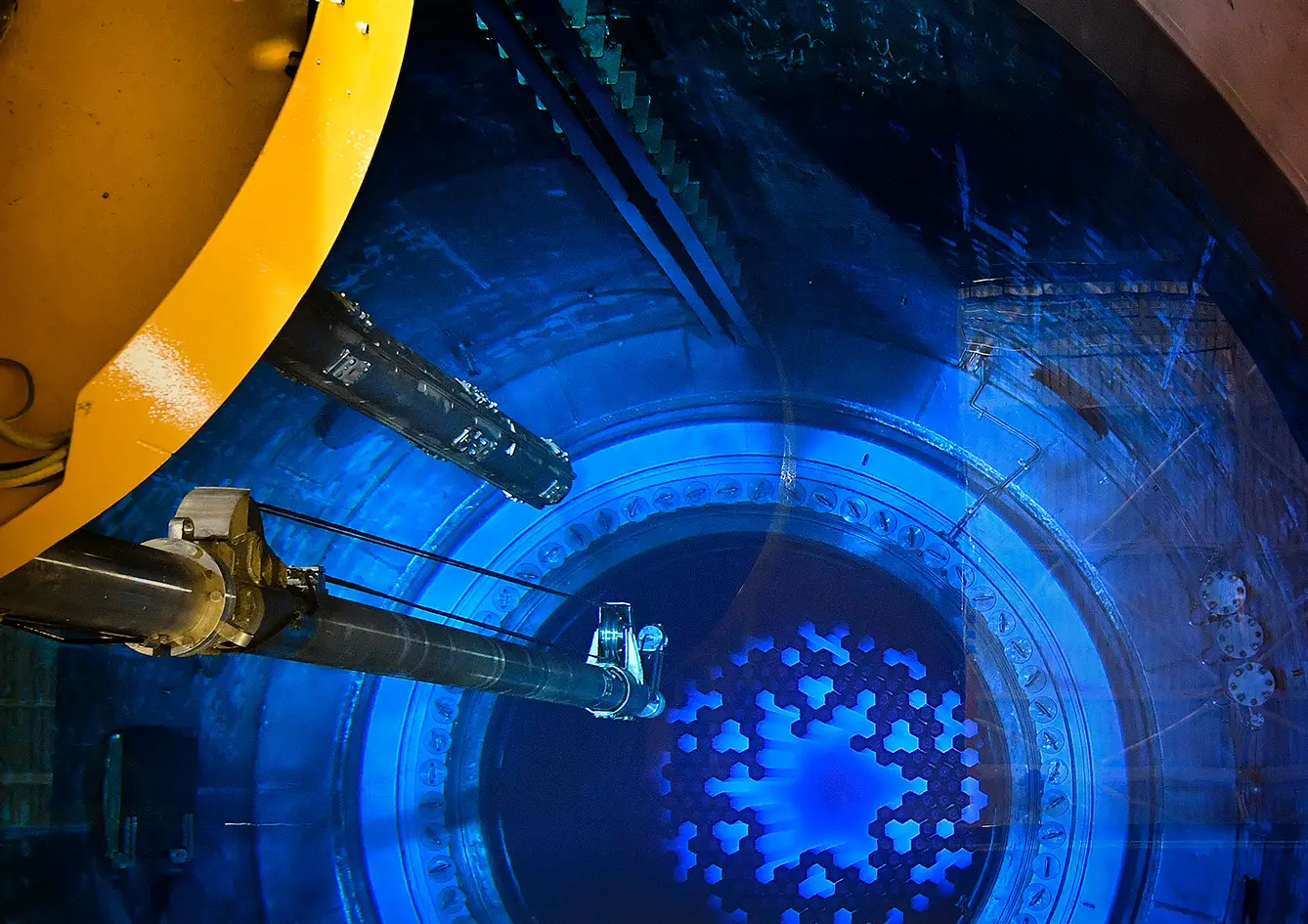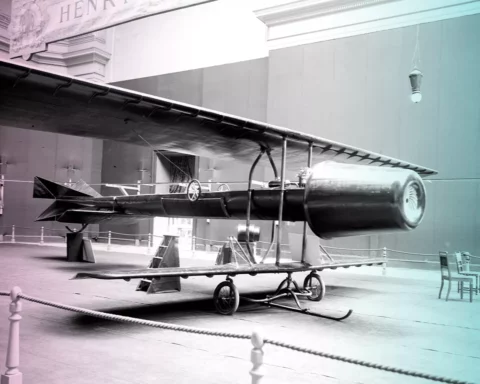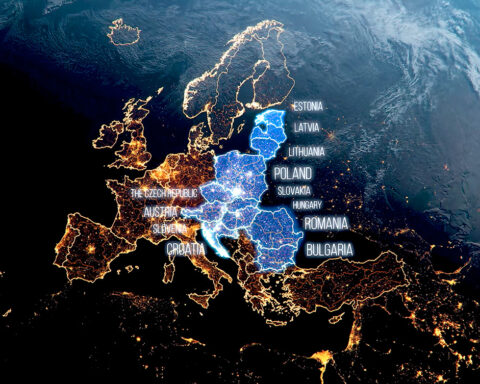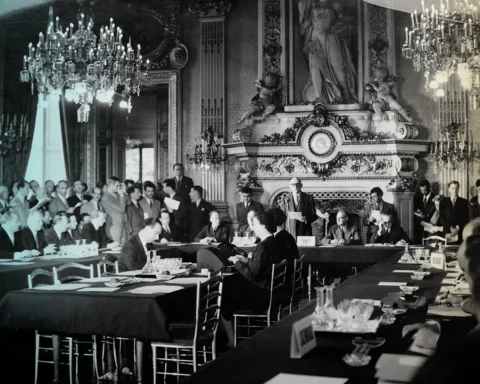When the Czech Republic decided to revive the tender for expanding its nuclear capacities, nobody knew what a rollercoaster it would become. Yet, the country experienced something similar in the past. It was in 2014 when the tender for constructing a third nuclear reactor in the Temelín Nuclear Power Plant failed. After vicious political infighting and financial issues, it seemed like 2014 was the end of nuclear power in the Czech Republic.
Now we enter the year 2023, and there is a severe energy crisis in Europe. The Czech Republic is selecting a contractor for the Dukovany Nuclear Power Plant’s new reactor tender, and people are still determining the outcome. Let us review the facts and outline possible results for you.
Dukovany Power Plant: One race, three strong contenders
The original Dukovany tender envisaged the participation of five companies: the US-Canadian Westinghouse Electric Corporation, the Chinese state-owned China General Nuclear Power Group (CGN), France’s Électricité de France (EDF), South Korea’s Korea Hydro & Nuclear Power (KHNP) and Russia’s Rosatom.
There should be over 24 new nuclear reactors in the Three Seas Region with a combined 24,202 MWe production capacity. That could make the Three Seas Initiative a prominent powerhouse within Europe and European Union
Following concerns about the Czech Republic’s national security, it was decided in June 2021 to exclude China’s CGNP and Russia’s Rosatom from the tender. Both countries protested vocally, but the Czech government did not change its mind. Currently, the three remaining bidders for the EDU5 contract are Westinghouse, EDF, and KNHP.
All three competitors have established their presence in the Czech Republic and are actively negotiating with Czech officials, potential Czech business partners, and suppliers. Regardless of which of the foreign companies wins the contract for the completion of Dukovany, the Czech government should ensure that the Czech industry is involved in the project to the greatest possible extent.
An expanding reach
Expanding the Czech Nuclear Capacities started with one nuclear reactor in Dukovany NPP. As time progressed and the energy crisis deepened, the strategy slowly developed into a new proposal. The discussion now involves four nuclear reactors. Two in Dukovany NPP (reactors number five and six) and two in Temelín NPP (numbers three and four).
Executing this new strategy would leave the Czech Nuclear capacity at 10 nuclear reactors. There is no doubt that the new reactors are necessary. The “old” ones at Dukovany and Temelín will retire in the 2040s. Without replacement, energy production in Czechia would be compromised.
The critical question now is, which of the three subjects will win the tender for the construction of Dukovany 5 and possibly the construction of the remaining three reactors. Because right now, it is supposed that the reactor building would go as a bundle. So if the new strategy gets approved, it will be a “win one and get three free” offer.
Three Seas Countries: Home of Nuclear Power
Czechia’s four new nuclear reactors are just some nuclear projects in the Three Seas Initiative region. There is a lot more going on! The plans so far are:
- Bulgaria – Three nuclear reactors planned
- Hungary – Two nuclear reactors under construction
- Lithuania – Two nuclear reactors planned
- Poland – Six nuclear reactors planned
- Romania – Three nuclear reactors planned
- Slovakia – Two nuclear reactors are under construction with one more planned
- Slovenia – One nuclear reactor planned
There should be over 24 new nuclear reactors in the Three Seas Region with a combined 24,202 MWe production capacity. That could make the Three Seas Initiative a prominent powerhouse within Europe and European Union.
The governments of the Three Seas countries must strive to ensure a comfortable, secure, and sustainable future for their populations in the long term. This challenging goal undoubtedly also applies to energy security and sustainability. Nuclear energy is safe, emission-free, and generally environmentally friendly. It is a stable source of electricity that is not dependent on sunshine, wind, or waves.
And with our partners in the European Union slowly closing their coal and nuclear power plants, someone will have to provide energy. So why not Three Seas Countries?







